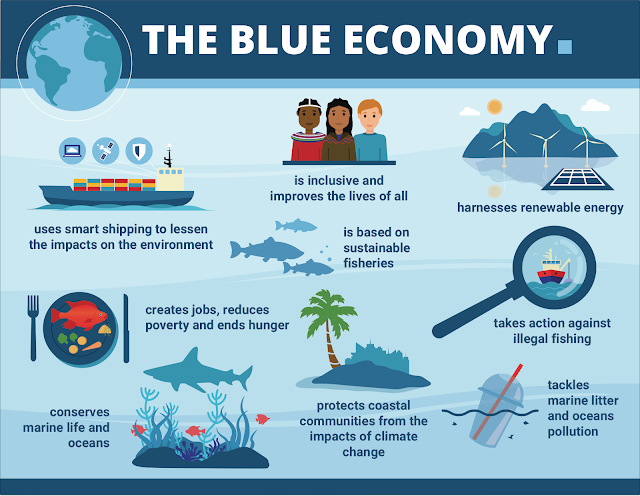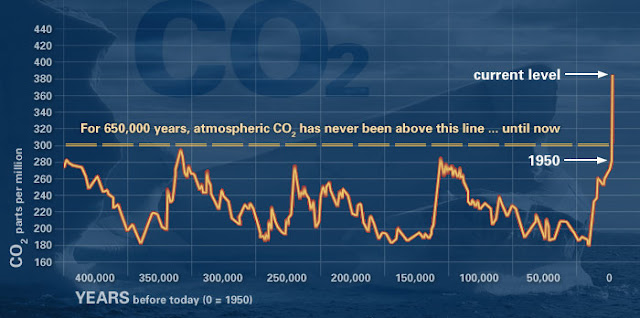Twelve Coral Gifts for Christmas and 2019

2018 was designated the third International Year of the Reef (IYOR) by the International Coral Reef Initiative (ICRI). This was precipitated by the most recent mass coral bleaching event; and follows two previous devastating events which led to the first IYOR in 1997 and the second in 2008. In the latest Report by the Intergovernmental Panel on Climate Change (IPCC), scientists predict the loss of many of the world’s iconic coral reefs if global temperatures continue to rise by more than 1.5C. To honour the reefs in the Caribbean, Dr Anjani Ganase brings us twelve gifts of Coral for Christmas, and the wish that we appreciate the ocean and coral reefs before they are lost. The seventh day of Christmas, colonies of mountainous star corals, Orbicella faveolata , dance under the waves in the Florida Keys (Photo courtesy The Ocean Agency) The first day of Christmas, we have the yellow pencil coral, Madracis mirabilis , carpeting the reef slope of Angel Reef in Speyside





